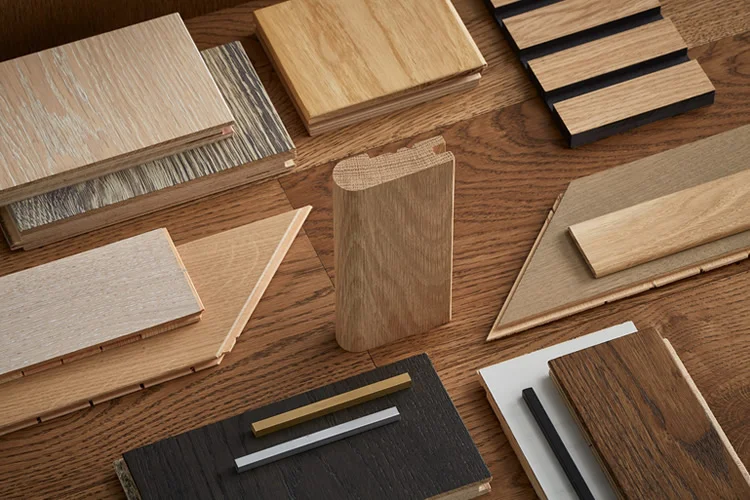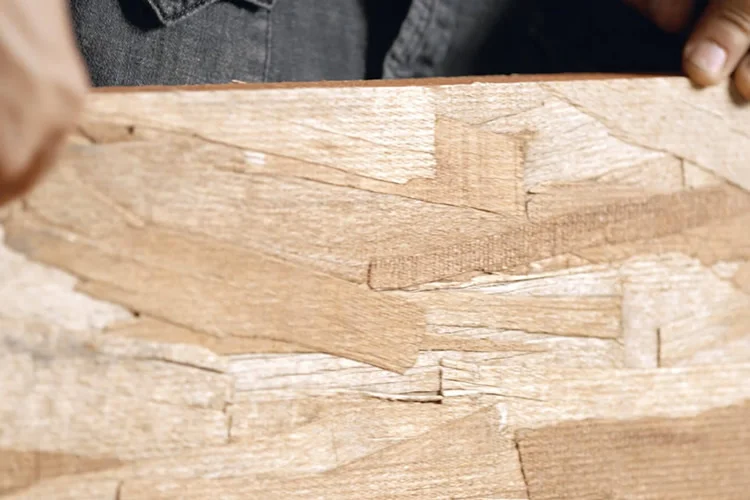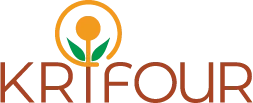
Exploring Engineered Wood: A Guide to Different Products
Engineered wood products are composite materials made from wood fibers, particles, or veneers that are bound together using adhesives or other methods. These products are designed to enhance the natural properties of wood, such as strength, dimensional stability, and versatility. Engineered wood products offer several advantages over solid wood, including improved strength-to-weight ratio, increased durability, and reduced environmental impact.
There are several types of engineered wood products available, each with its own unique characteristics and applications. Here are some common types:
- Particle Board: Particle board, or chipboard, is made by compressing wood / bagasse particles or chips with a resin binder. It is an affordable and versatile product used for furniture, shelving, cabinets, and interior applications where cost-effectiveness is prioritized.
- Plywood: Plywood is made by gluing together thin layers of wood veneer with the grain direction alternating at right angles between adjacent layers. It is available in various grades and thicknesses and is widely used in construction, furniture, cabinetry, and other applications requiring strength and stability.
- Medium-Density Fiberboard (MDF): MDF is made by breaking down wood fibers and combining them with a resin binder, then pressing them together under heat and pressure. It is a dense and smooth panel product that is often used for furniture, cabinetry, molding, and decorative applications.
- Oriented Strand Board (OSB): OSB is made by compressing and gluing together strands of wood in specific orientations. It is a strong and cost-effective panel product commonly used in construction, sheathing, and subflooring applications.
- Laminated Veneer Lumber (LVL): LVL is made by bonding thin veneer layers together with adhesives to create strong and stable structural members. It is commonly used in beams, headers, and other load-bearing applications where high strength is required.
- Glue-Laminated Timber (Glulam): Glulam is created by bonding multiple layers of dimensioned lumber together with adhesives. It is a versatile and aesthetically pleasing engineered wood product used in structural applications such as beams, columns, and arches.
- Cross-Laminated Timber (CLT): CLT is made by stacking and gluing together layers of solid wood boards with alternating grain directions. It offers excellent structural performance and is used in construction for walls, floors, and roofs.
- Wood I-Joists: Wood I-joists consist of a combination of solid wood flanges and an engineered web, typically made from OSB or plywood. They provide strength and stability and are commonly used as floor and roof joists in construction.
These are just a few examples of engineered wood products available in the market. Each type has its own specific advantages and applications, and the choice depends on factors such as strength requirements, cost, and intended use. These engineered wood products have revolutionized the construction and furniture industries by offering enhanced performance, increased design flexibility, and sustainable alternatives to traditional solid wood.


